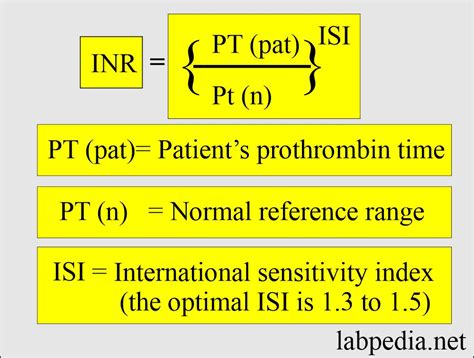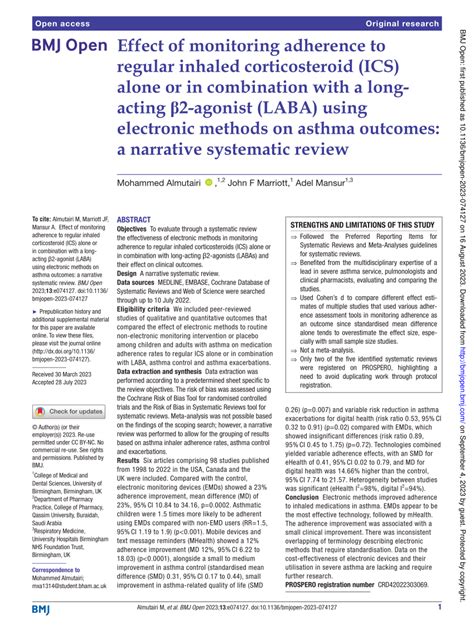Intro
Discover 5 essential tips for normal PT INR levels, including blood thinning management, vitamin K intake, and medication adherence to maintain a healthy international normalized ratio and prevent blood clotting disorders.
Maintaining a healthy lifestyle is crucial for individuals with a history of blood clotting or those at risk of developing blood clotting disorders. One of the key aspects of managing such conditions is monitoring the blood's clotting time, which is often measured through the Prothrombin Time (PT) and International Normalized Ratio (INR) tests. These tests are vital for patients on warfarin therapy, as they help determine the optimal dosage to prevent both thrombosis and bleeding complications. Here, we will delve into 5 tips for maintaining a normal PT INR, ensuring that individuals can manage their condition effectively and minimize risks.
For individuals undergoing anticoagulation therapy, understanding the significance of PT INR is paramount. The PT test measures how long it takes for blood to clot, while INR standardizes the results, allowing for comparison across different laboratories. A normal INR range for someone not on anticoagulant therapy is typically around 0.8-1.1, but for those on warfarin, the target INR range varies depending on the condition being treated, usually between 2.0 and 3.0. Maintaining this balance is crucial, as an INR that's too high increases the risk of bleeding, while an INR that's too low may not provide sufficient protection against thrombosis.
The importance of maintaining a stable and normal PT INR cannot be overstated, as it directly impacts the effectiveness of the treatment and the patient's quality of life. Fluctuations in INR levels can lead to serious health issues, emphasizing the need for careful management and regular monitoring. Patients must work closely with their healthcare providers to adjust their warfarin doses based on their INR results, ensuring that their blood clotting time remains within the therapeutic range. This collaborative approach, combined with lifestyle adjustments and adherence to medication regimens, is key to successful anticoagulation therapy.
Understanding PT INR

Factors Influencing PT INR
Several factors can influence PT INR levels, including but not limited to: - Dietary changes, particularly the intake of vitamin K-rich foods. - Use of other medications or supplements that interact with warfarin. - Alcohol consumption, as excessive alcohol use can affect liver function and warfarin metabolism. - Changes in physical activity levels or significant weight changes. - Illnesses or stress, which can impact the body's response to warfarin.Maintaining a Consistent Diet

Dietary Considerations
- **Vitamin K-rich foods:** Leafy green vegetables like spinach, kale, and broccoli, as well as fermented foods like sauerkraut. - **Foods that may interact with warfarin:** Grapefruit and grapefruit juice, which can increase warfarin's effects. - **Alcohol consumption:** Should be moderate, as excessive alcohol can affect liver function and increase the risk of bleeding.Regular Monitoring and Adherence to Medication

Importance of Regular Monitoring
- **Frequency of INR tests:** Depends on the individual's condition and stability of INR levels but is typically every 2-4 weeks for those with stable INR levels. - **Adjusting warfarin doses:** Based on INR results to maintain the therapeutic range. - **Patient education:** Understanding the importance of adherence and the risks associated with non-adherence.Lifestyle Modifications

Lifestyle Considerations
- **Physical activity:** Regular, moderate exercise can help in maintaining overall health, but high-impact activities may need to be avoided or approached with caution. - **Stress management:** Techniques like meditation, deep breathing, or yoga can help in reducing stress. - **Sleep and rest:** Getting adequate sleep and rest is important for overall health and can impact the body's response to warfarin.Communicating with Healthcare Providers

Importance of Communication
- **Reporting changes:** Informing healthcare providers about any changes in diet, lifestyle, or other medications. - **Asking questions:** Patients should feel empowered to ask questions about their treatment, including the risks and benefits of warfarin therapy. - **Seeking advice:** Before making any significant changes, patients should seek advice from their healthcare providers.In conclusion, maintaining a normal PT INR requires a multifaceted approach that includes understanding the factors that influence INR levels, maintaining a consistent diet, adhering to medication regimens, making lifestyle modifications, and communicating effectively with healthcare providers. By following these tips and working closely with their healthcare team, individuals can effectively manage their condition, reduce the risk of complications, and improve their quality of life.
What is the normal range for PT INR in individuals not on anticoagulant therapy?
+The normal range for PT INR in individuals not on anticoagulant therapy is typically around 0.8-1.1.
How often should INR levels be checked for patients on warfarin therapy?
+The frequency of INR checks depends on the stability of the patient's INR levels but is typically every 2-4 weeks for those with stable levels.
What foods should be avoided or consumed in consistent amounts by patients on warfarin therapy?
+Foods high in vitamin K, such as leafy green vegetables, should be consumed in consistent amounts. Grapefruit and grapefruit juice should be avoided or consumed in moderation as they can interact with warfarin.
We invite you to share your experiences or ask questions about managing PT INR levels in the comments below. Your insights can help others understand the importance of careful management and lifestyle adjustments in maintaining a healthy balance. Additionally, feel free to share this article with anyone who might benefit from this information, and don't hesitate to reach out to healthcare professionals for personalized advice on managing anticoagulation therapy.
